The Lyrid meteor shower illuminates spring skies annually as our planet travels along Comet Thatcher’s dust trail. This year-round show, active from mid to late April, produces 10-20 meteors per hour under its peak conditions, with intermittent spectacular bursts of up to 100 meteors per hour.
While viewable across the country, certain locations offer exceptionally good viewing due to very little light pollution, breathtaking natural settings, and favorable atmospheric conditions. Here are 15 breathtaking sites in the United States where you can see the Lyrid meteor shower in its full glory.
Natural Bridges National Monument, Utah
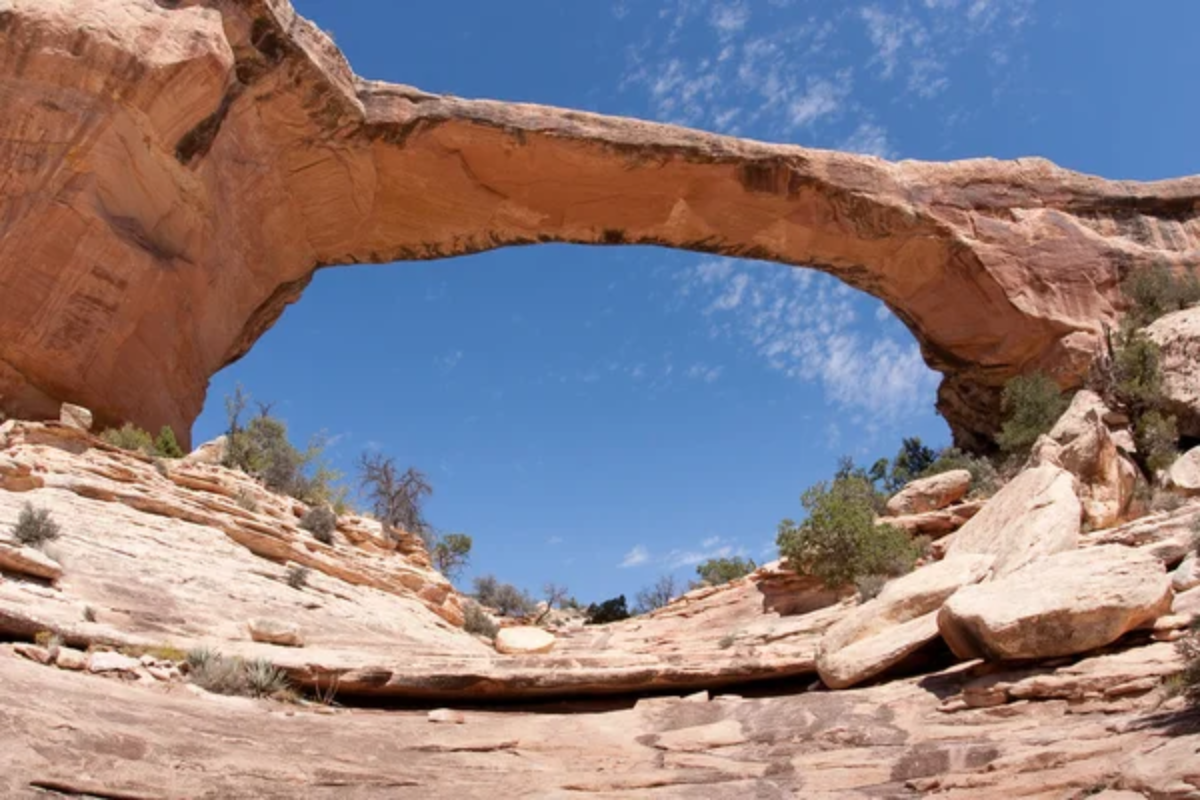
This remote park became the world’s first International Dark Sky Park, recognized for its exceptionally pristine night skies. The natural stone bridges create dramatic foreground silhouettes against the meteor-streaked heavens.
Park rangers often host special stargazing events during meteor showers, providing telescopes and expert guidance for visitors.
Cherry Springs State Park, Pennsylvania
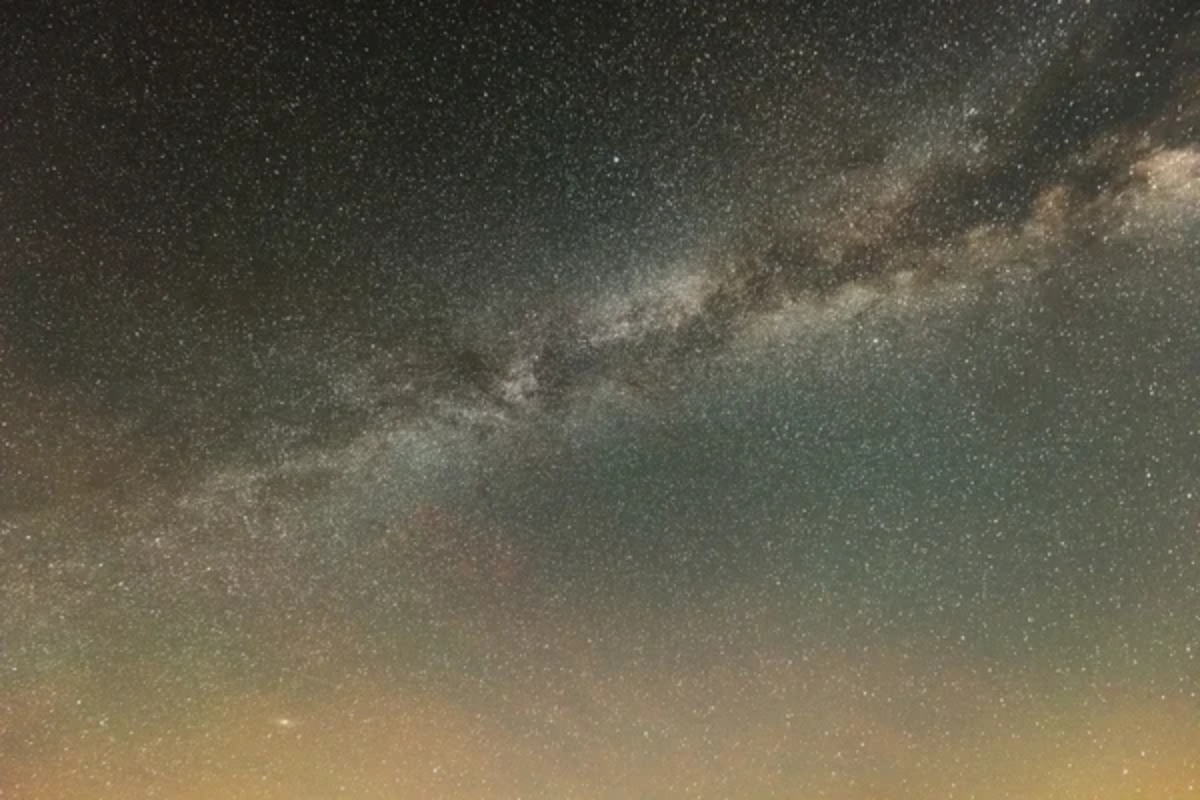
As one of the darkest spots in the eastern United States, this designated astronomy park offers purpose-built viewing fields for serious stargazers. The 2,300-foot mountain elevation places viewers above many weather systems that might obscure the meteors.
The park maintains special astronomy observation areas where white light is prohibited, ensuring optimal night vision for meteor spotting.
Like Travel Pug’s content? Follow us on MSN.
Denali National Park, Alaska
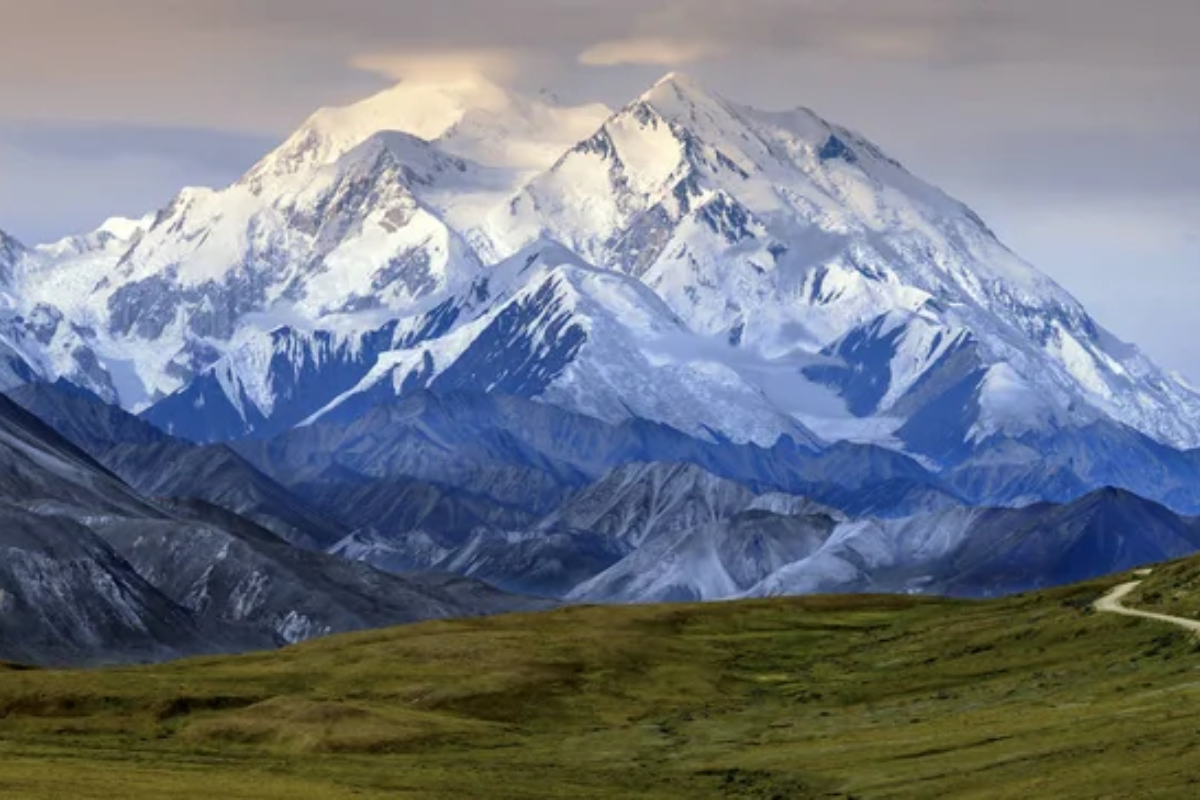
The late April timing of the Lyrids coincides with Alaska’s rapidly lengthening days, creating a unique viewing window during the brief periods of darkness still available. The towering presence of North America’s highest peak adds majesty to the already spectacular celestial display.
The park’s vast wilderness areas offer unparalleled isolation from artificial light sources that might diminish the shower’s visibility.
Big Bend National Park, Texas
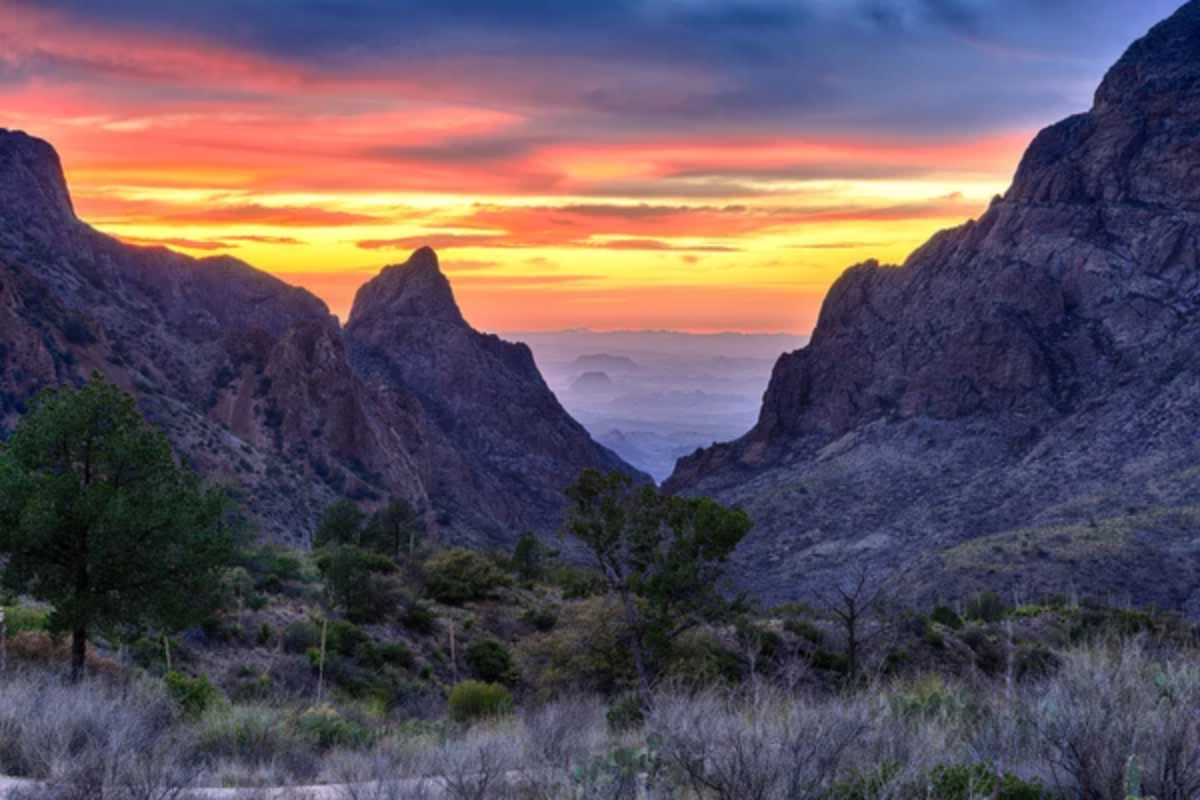
This remote desert preserve along the Mexican border boasts some of the darkest measured skies in the continental United States. The diverse terrain of mountains, canyons, and deserts provides countless dramatic viewing locations for meteor watching.
The dry desert air typically ensures exceptional clarity for observing even the faintest meteors streaking across the sky.
Headlands International Dark Sky Park, Michigan
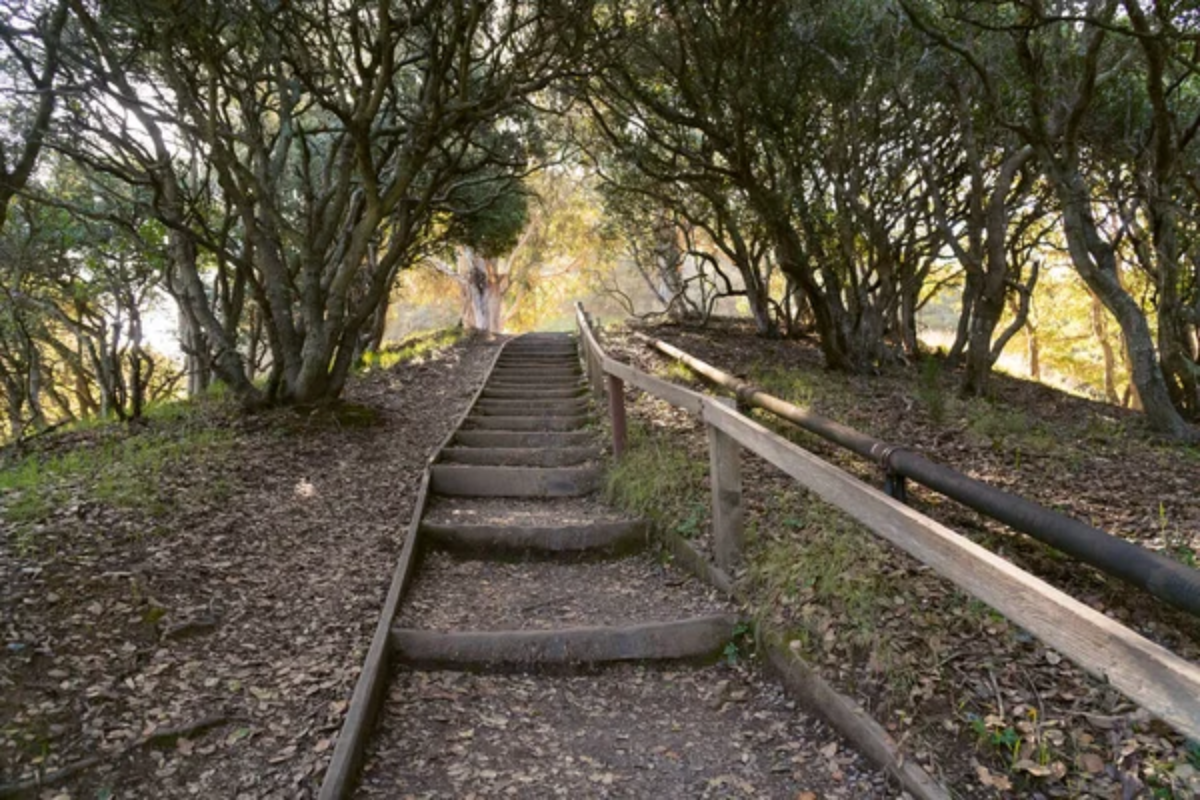
Situated along the shoreline of Lake Michigan, this park offers the unique experience of watching meteors reflect off the vast water surface. The park specifically designates areas for night sky viewing with unobstructed horizons in all directions.
Local astronomy clubs often organize special events during meteor showers that include educational programs about the Lyrids’ origins.
Like Travel Pug’s content? Follow us on MSN.
Grand Canyon National Park, Arizona

With its 8,000-foot elevation and pristine air quality, the North Rim provides an extraordinary vantage point for celestial observation. The immense canyon creates a natural amphitheater facing the northeastern sky, where the Lyrid radiant appears.
Park rangers offer specialized night sky programs featuring meteor showers, explaining the astronomical phenomena while visitors watch from the canyon’s edge.
Mauna Kea, Hawaii
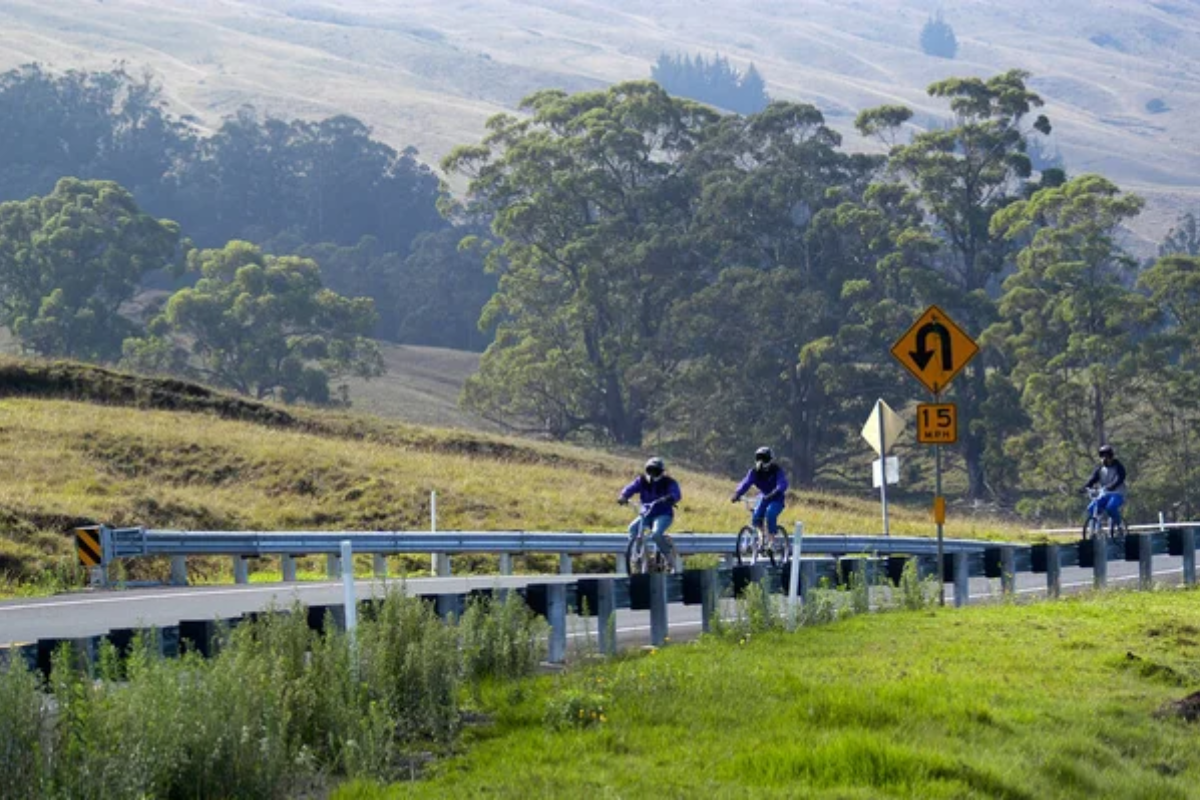
The dormant volcano’s summit at nearly 14,000 feet places viewers above a significant portion of the atmosphere, reducing interference with meteor visibility. The location’s isolation in the Pacific means virtually no light pollution from major continental sources.
Although access to the summit is limited, stargazing is popular from nearby visitor centers and designated areas.
Death Valley National Park, California
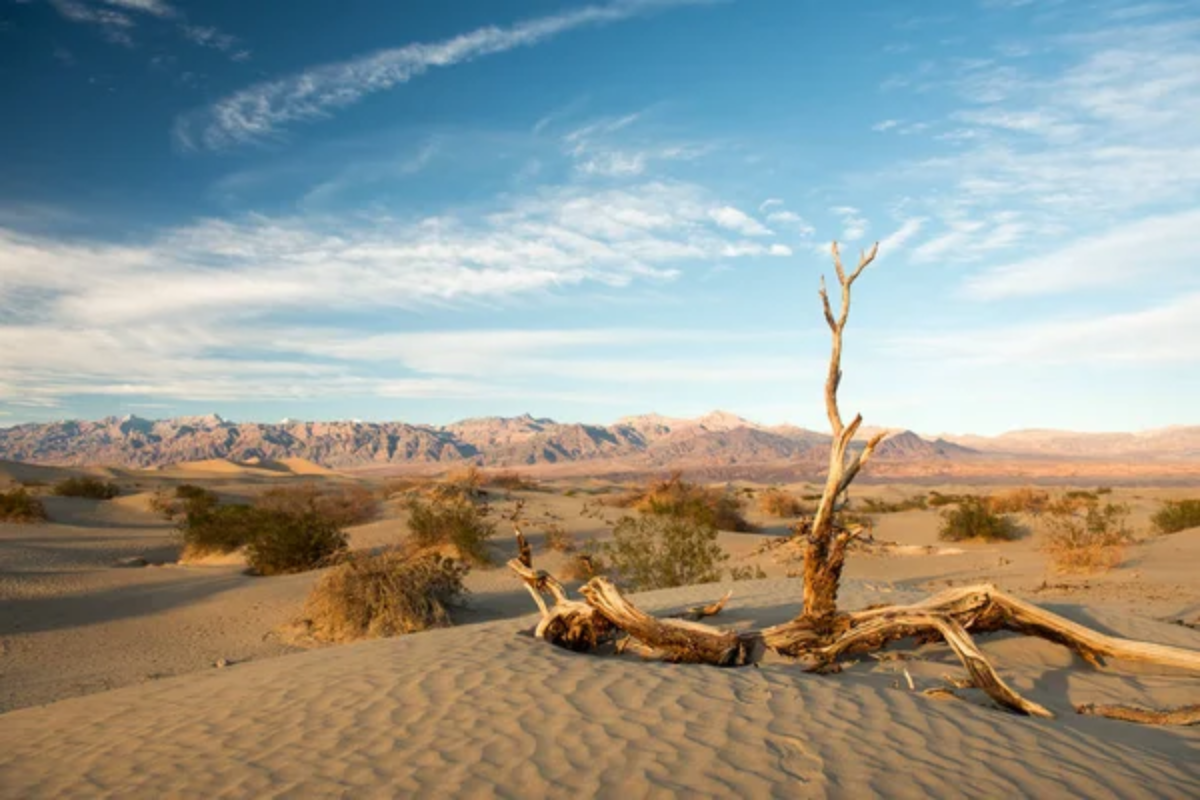
As the largest Dark Sky Park in the country, Death Valley offers extraordinary viewing conditions with its clear, dry air and vast open spaces. The diverse landscapes, from salt flats to mountain ranges, provide countless backdrop options for meteor photography.
The park’s Harmony Borax Works is a popular spot offering convenient parking and open sight lines to the radiant point.
Like Travel Pug’s content? Follow us on MSN.
Voyageurs National Park, Minnesota
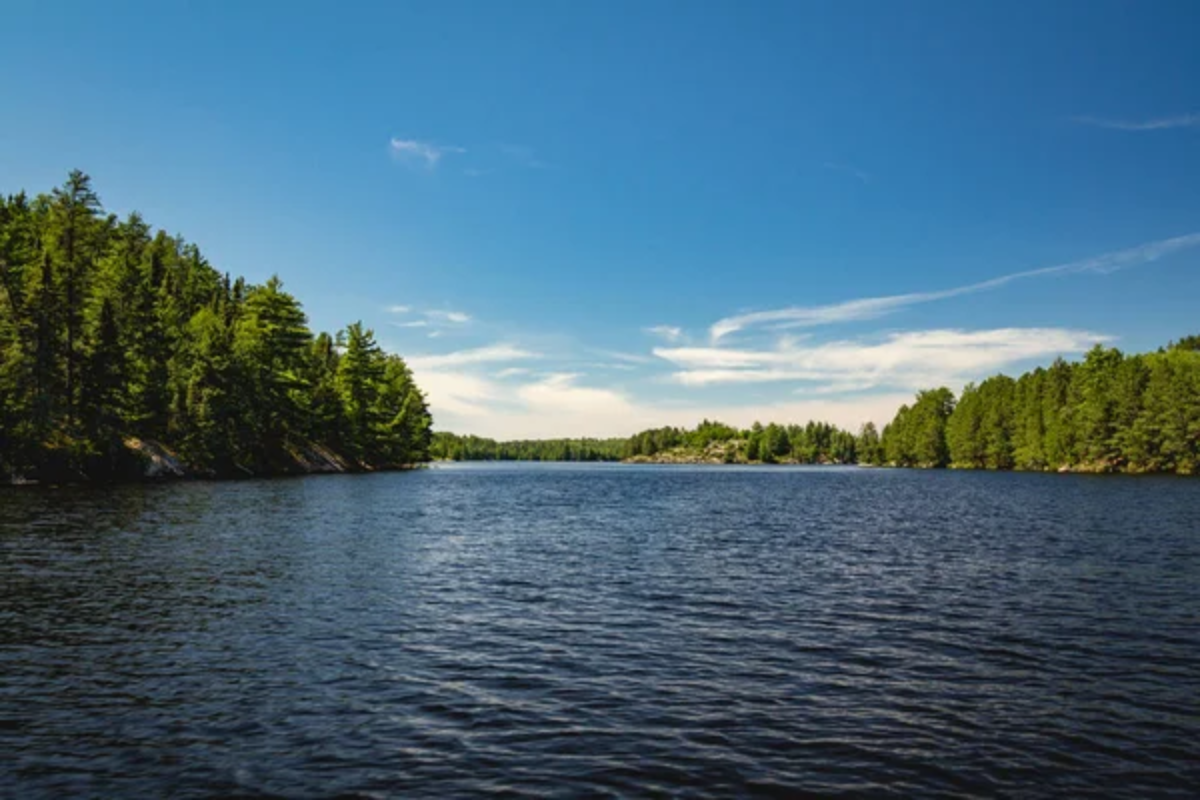
This water-based park creates opportunities to watch the meteor shower from boats on its pristine lakes, adding reflection views to the experience. The park’s northern location means less atmospheric interference during April viewing conditions.
The numerous islands provide isolation from even minimal light sources, enhancing meteor visibility.
Gila National Forest, New Mexico
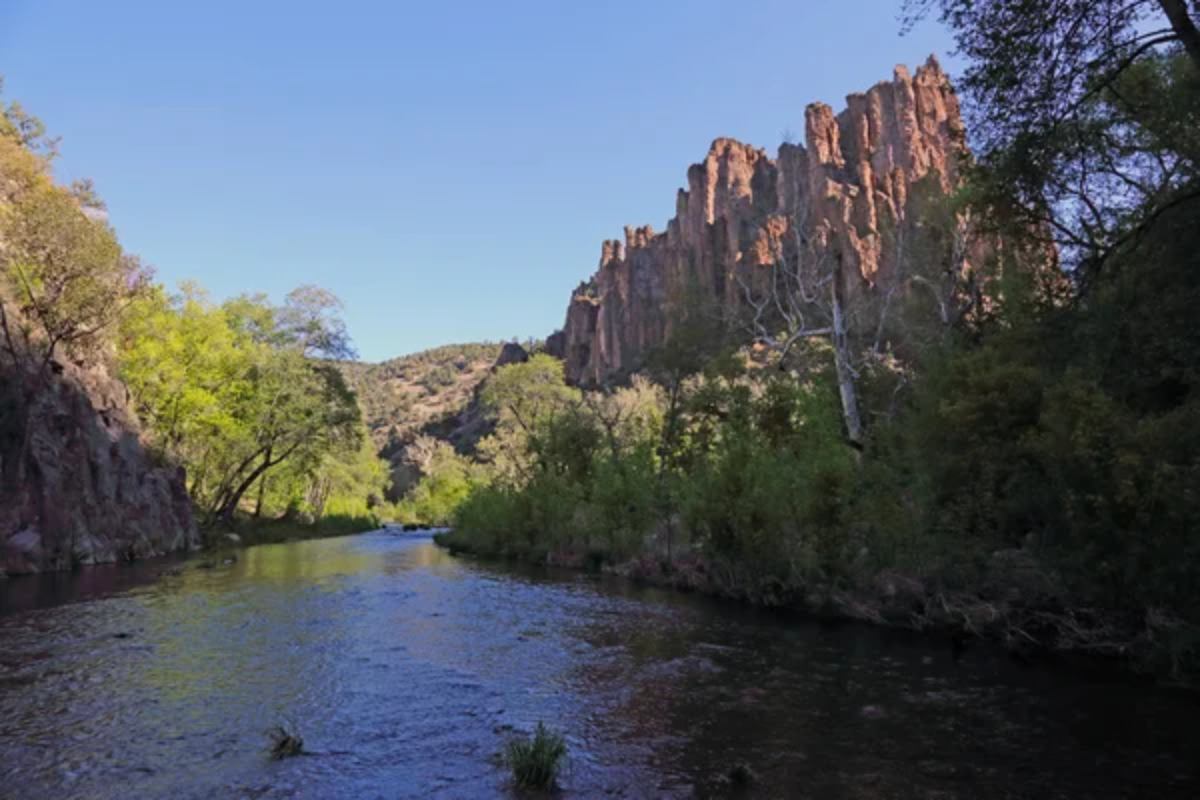
Home to the Cosmic Campground International Dark Sky Sanctuary, this site offers 360-degree unobstructed views of the night sky. The high desert setting provides reliable, clear weather during April when the Lyrids are active.
The sanctuary features concrete pads designed specifically for telescope setup during astronomy events.
Arches National Park, Utah
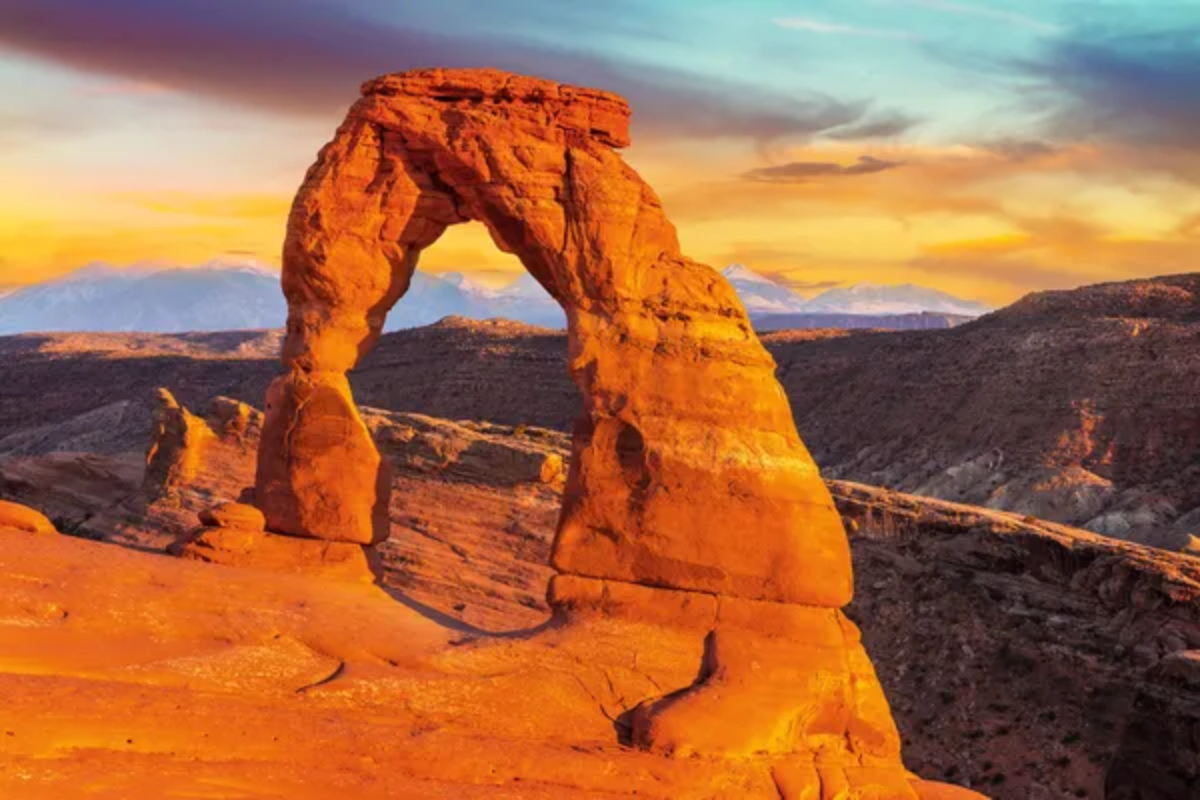
The iconic red rock formations create otherworldly silhouettes against the night sky during meteor watching sessions. The park’s high desert elevation and dry climate contribute to exceptional atmospheric clarity for viewing.
The famous Delicate Arch provides a particularly dramatic foreground for meteor shower photography.
Like Travel Pug’s content? Follow us on MSN.
Glacier National Park, Montana

The towering Rocky Mountain peaks create dramatic frames for the northeastern sky where the Lyrid radiant appears. The park’s massive Lake McDonald reflects both the mountains and meteors for double the visual impact.
Spring timing often means snow-capped mountains visible under moonlight while meteors streak overhead.
Eastern Sierra, California
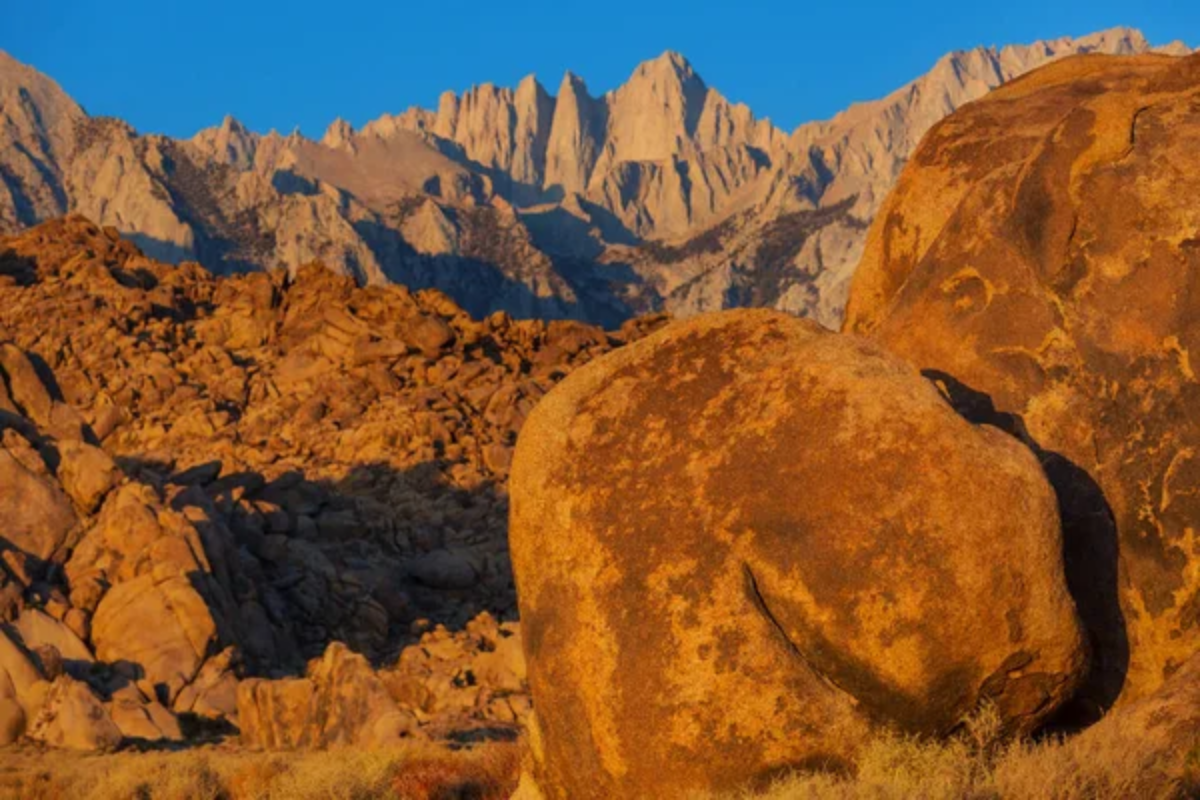
This mountain range, adjacent to the Inyo National Forest, provides high-elevation viewing platforms away from coastal fog and clouds. The Alabama Hills area features distinctive rock formations that frame the starry skies in unique ways.
The region’s proximity to Mount Whitney creates dramatic silhouettes against the meteor-streaked sky.
Assateague Island National Seashore, Maryland/Virginia
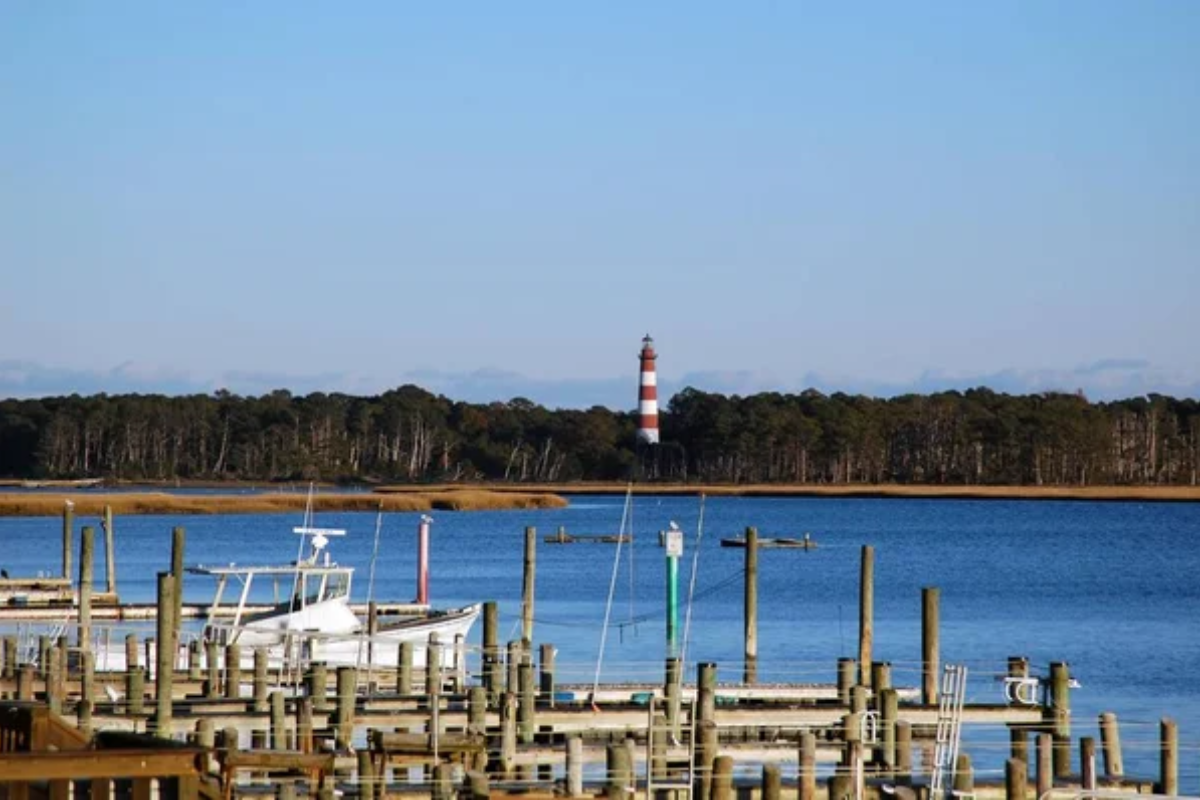
This coastal preserve offers the rare combination of dark skies and ocean views along the Atlantic seaboard. The wild horses that roam the island sometimes create magical foreground elements for nighttime photography.
The barrier island’s location far from major cities provides surprisingly dark skies for the densely populated East Coast.
Like Travel Pug’s content? Follow us on MSN.
Craters of the Moon National Monument, Idaho
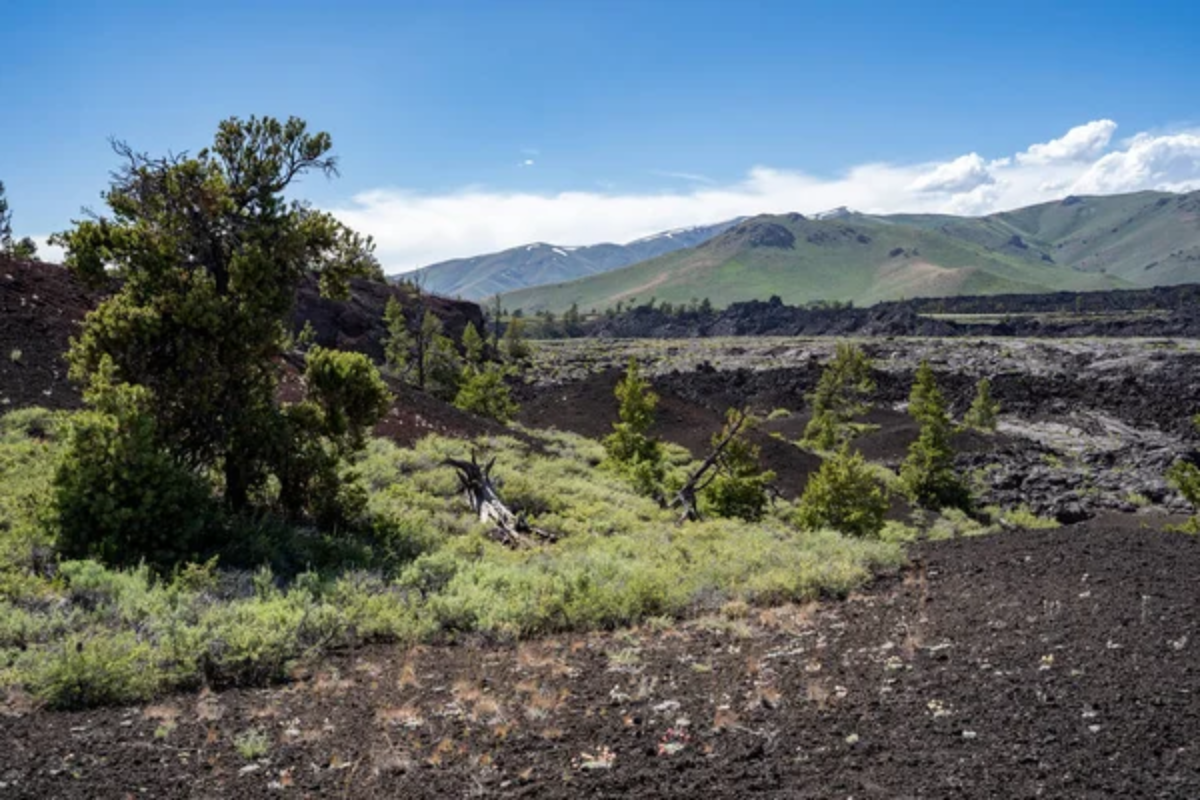
This volcanic landscape creates an appropriately lunar-like foreground for watching meteors streak across the sky. The monument’s remote location in central Idaho ensures minimal light pollution from surrounding communities.
The lava flows and cinder cones create unique silhouettes against the star-filled horizon.
The Celestial Theater
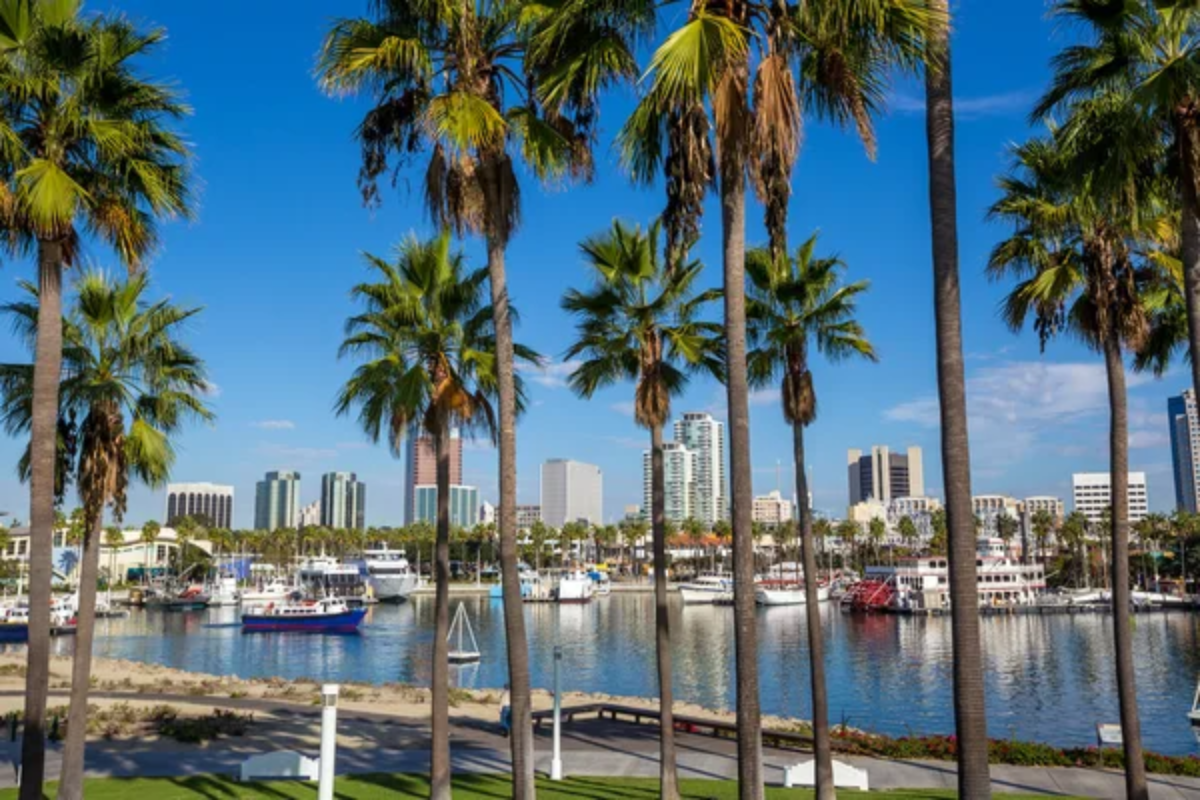
These phenomenal sites transform meteor watching into something greater than an astronomical sighting and establish a profound relationship with the ground and with the universe. The Lyrid meteor shower, although not the busiest annual shower, is important in that it is among the longest-observed by humans, with records dating back over 2,700 years.
As light pollution increasingly shades our vision of the nighttime sky in urban areas, these dark sky conservation places grow more and more precious, not just for scientific observation but also to maintain our ancestors’ connection to the cosmic calendar that has guided human civilization since the beginning of our time.
More from Travel Pug

- Cities Growing so Fast You Won’t Recognize Them in 10 Years
- 13 Destinations Where Tourists Regularly Regret Their Trip
- 20 Obscure WWII Sites Even History Buffs Don’t Know About
- 10 Under-the-Radar Mountain Towns That Are Both Affordable and Beautiful
- Remote Villages in Europe Where You Can Live for Free in Exchange for Work
Like Travel Pug’s content? Follow us on MSN.
